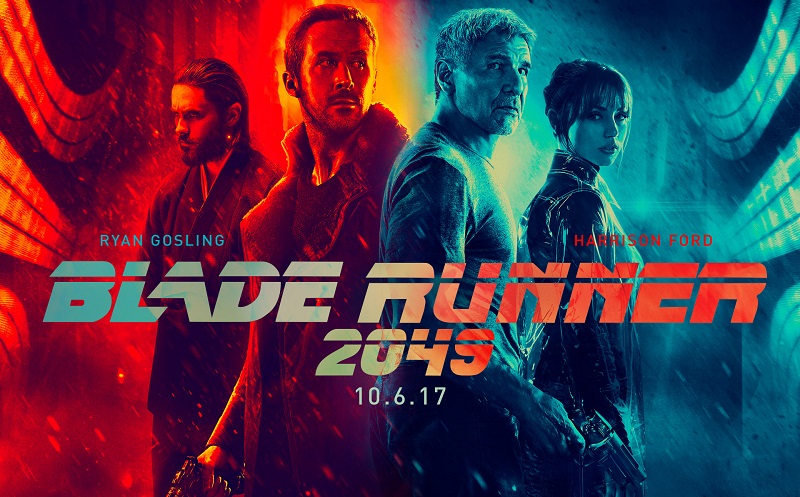
1982’s Blade Runner is easily considered one of the greatest sci-fi films ever made and making a sequel seems like a folly – especially because of the Director’s Cut and Final Cut’s ambiguous ending. Yet somehow Blade Runner 2049 serves as a great continuation and an intelligent sci-fi film in its own right.
30 years after the events of Blade Runner, Earth is a radioactive wasteland that depends on artificial farms and artificial lifeforms known as replicants. KD6-3.7 (Ryan Gosling), or K for short, is a blade runner working for the LAPD, a replicant designed to hunt after replicants. After a mission to take down a cell of rogue replicants, K stumbles on a secret that could shake the foundations of society and he is ordered to find this threat and stop it before it’s exposed.
Blade Runner 2049 had an incredible team working on the film. It was directed by Denis Villeneuve who has quickly gained a reputation for making smart genre films, it was written by Hampton Fancher, one of the original writers of Blade Runner and Michael Green, the writer of films and TV shows like Logan and American Gods.
The film also had the talents of celebrated cinematographer Roger Deakins (Skyfall), production designer Dennis Gassner and has Hans Zimmer and Benjamin Wallfisch working on the music.
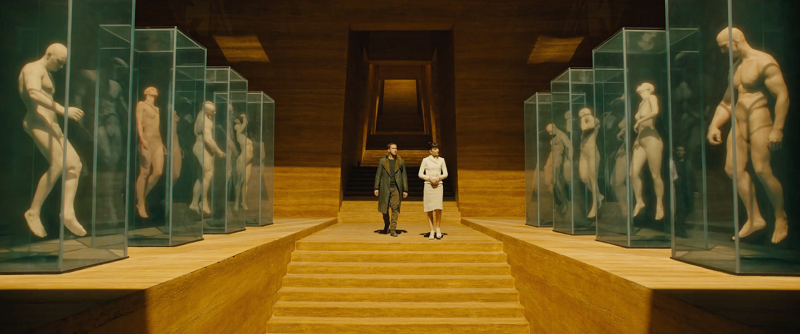
Their talents were on display and it would be a crime if Blade Runner 2049 doesn’t receive Oscar nominations for Cinematography, Production Design and Special Effects. Blade Runner 2049 respects the production design of the original and modernises it with small designs like USB ports, drones, see-through tablets and holograms.
Villeneuve is a thoughtful director and he provides both complex themes and visual spectacle. Blade Runner 2049 is a slow and methodical detective story that stretches for a bum-numbing 163 minutes. For audience looking for an action-packed sci-fi flick they will be disappointed.
There are some impressive action sequences like when K fights Sapper Morton (Dave Bautista) and when the Wallace Corporation attacks K. However, the final fight is a disappointment especially when compared to the brutal fight between Deckard and Roy Batty in the original.
The film has surprisingly overt religious themes throughout because of the nature of the conspiracy. K states that he can’t kill something that was born because it has a soul. Niader Wallace (Jared Leto), the owner of the all-powerful Wallace Corporation has long speeches about angels not being allowed into heaven and is both God and The Devil of this world. The replicant that K needs to find has the potential to be a new Adam/Eve.
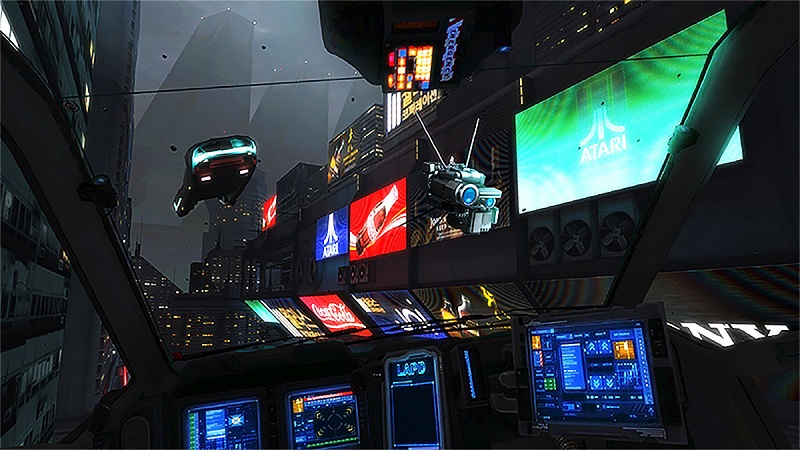
As well as being a continuation to the original Blade Runner, the religious themes and the suppression of an underclass makes Blade Runner 2049 similar to Metropolis, RoboCop and Children of Men: great company to be with.
There is also a philosophical question about what makes someone or something human. Replicants are sentient beings but are deliberately dehumanised because they are slave labour. K is on the receiving end of a lot of abuse. K’s hologram girlfriend, Joi (Ana de Armas) wants more to be a system in his apartment and longs to go out in the world with her partner. She states that what is life without risks.
Memory manipulation, a regular theme in adaptations of Philip K. Dick’s work, is also present in the film, leading to questions about what is truth and reality to the main character. Blade Runner 2049 even brings back the equine motif from revised versions of the original.
Finally, Blade Runner 2049 reintroduces the environmental themes of the novel Do Androids Dream of Electric Sheep, a theme that was toned down in Blade Runner. There is a great emphasis on the lifeless wasteland that Earth has become. There are baron landscapes, San Diego has become a junkyard where children scavenge to survive and the air in Las Vegas is made of radioactive particles.
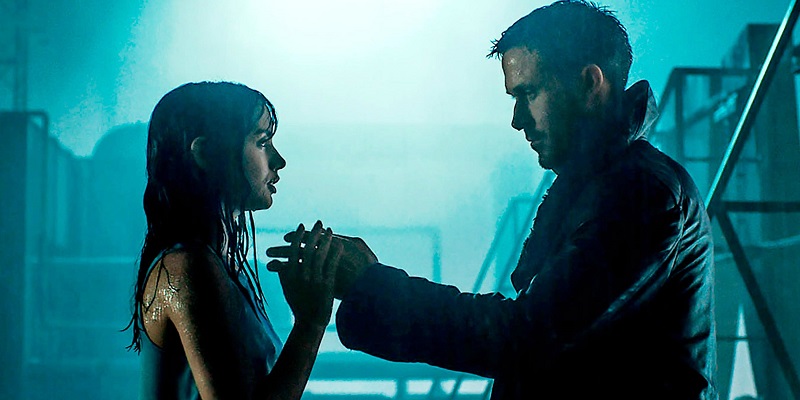
Blade Runner 2049 has a fantastic cast. Ryan Gosling is an undeniably talented actor and his performance as K was similar to work in Drive. On the surface K is cold and emotionless but it is clear that there is more to the character underneath. A number of non-American actors play key roles, namely de Armas and Sylvia Hoeks and both were fantastic as a hologram who wants to live and Wallace’s main enforcer.
The film even has a number of big name actors in minor roles. Bautista was a huge tank for K to fight and actors like Lennie James (The Walking Dead) and Barkhad Abdi (Captain Phillips) appear for one or two scenes. Even Leto who plays the main villain only has 20 minutes of screentime.
Blade Runner 2049, unfortunately, shares the same fate as its predecessor: being an ambitious masterpiece but flopping at the box-office. Blade Runner 2049 will be a cult hit on home release but any hope for a third instalment which was suggested in the film is unlikely to happen.
Blade Runner 2049 is a perfect example of how to do a sequel, respecting the past whilst telling a story that needed to be told. Some may be turned off by the slow pacing and long running time yet fans of the sci-fi genre and the original film will enjoy this ambitious film.
#Peace.Love.BladeRunner2049



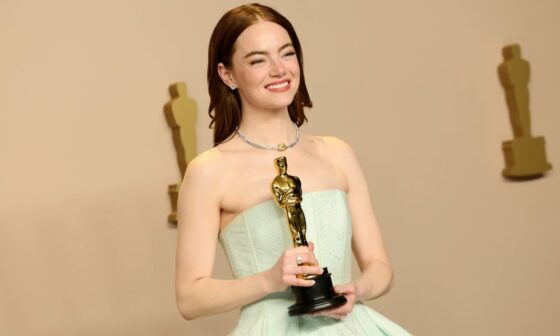
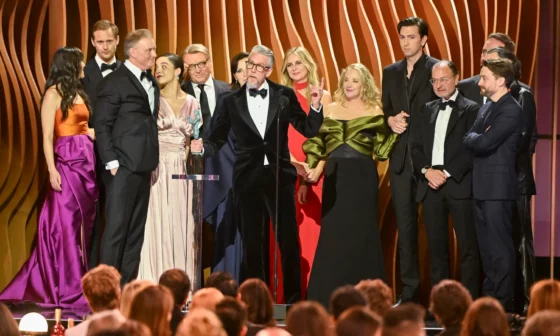

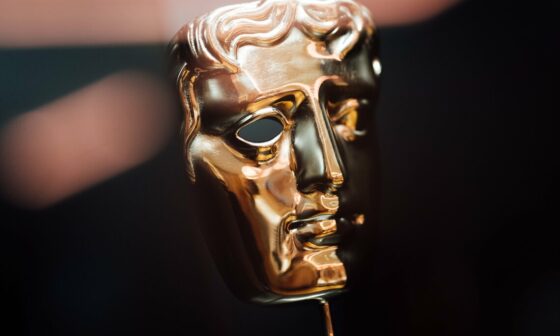
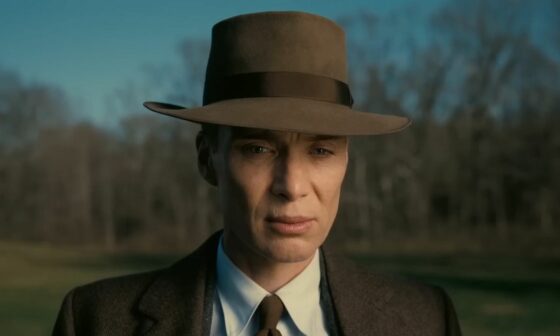

1 comment